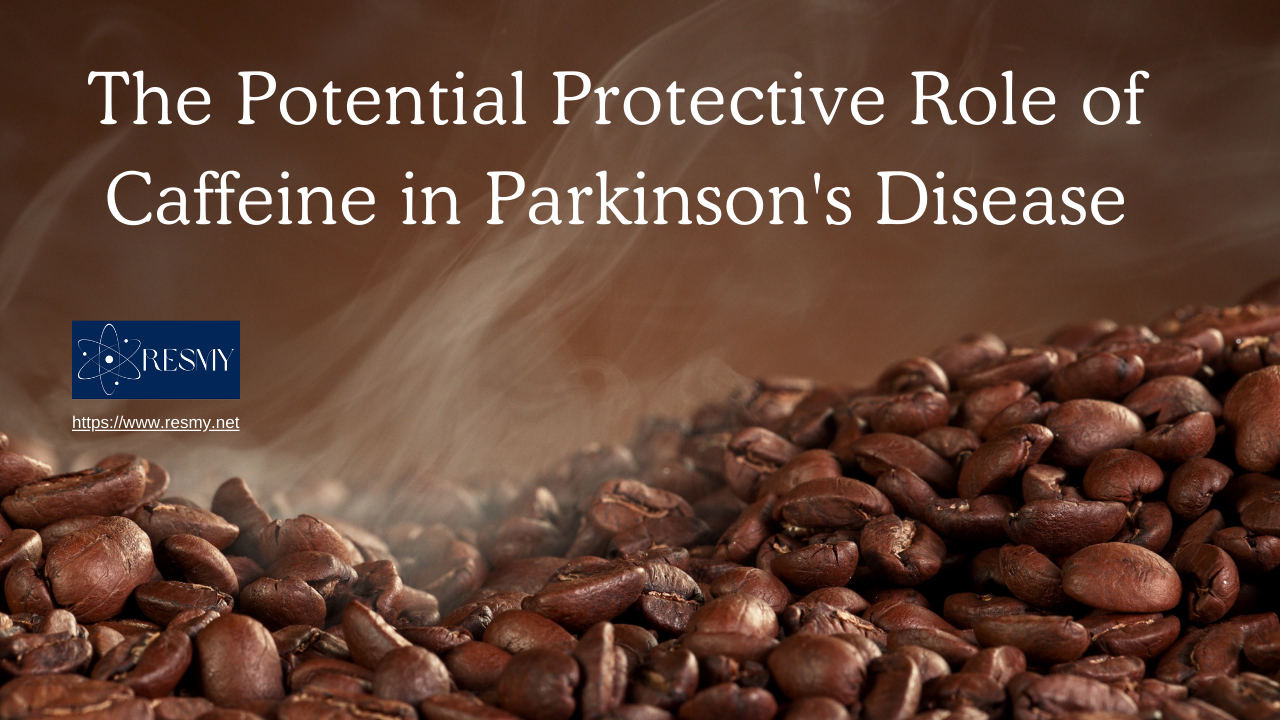Parkinson’s disease (PD) is the most common motor neurodegenerative disorder, affecting millions worldwide. Despite extensive research, there is still no effective prevention or curative treatment available. However, emerging evidence suggests that coffee consumption may reduce the risk of developing PD. This article explores recent findings on the potential protective effects of caffeine, derived from a comprehensive study within the European Prospective Investigation into Cancer and Nutrition (EPIC) cohort.
Coffee Consumption and PD Risk: A 20-Year Perspective
Over the past two decades, several prospective cohort studies have linked coffee consumption with a reduced risk of PD. The protective effect appears to extend beyond coffee to include other caffeinated beverages such as tea, cola, and chocolate. However, decaffeinated coffee does not seem to offer the same benefit, indicating that caffeine and its metabolites, rather than other bioactive compounds in coffee, are responsible for this protective effect.
The EPIC Study: Methodology and Findings
The EPIC cohort study, one of the largest and most comprehensive of its kind, includes over half a million participants from across Europe, followed for more than 20 years. This extensive follow-up period and the collection of baseline blood samples have provided a unique opportunity to investigate the relationship between caffeine and PD risk in a prospective manner.
In the EPIC4PD study, part of the broader EPIC cohort, researchers examined the associations between self-reported coffee consumption and future PD risk. They also conducted a nested case-control study within the cohort, recruiting incident PD cases and matched controls. Blood samples collected at baseline were analyzed to measure caffeine and its primary metabolites, paraxanthine and theophylline, using high-resolution mass spectrometry.
Significant Results
The findings from the EPIC4PD study were compelling. Individuals with the highest coffee intake had a significantly lower risk of developing PD compared to non-consumers. The multivariable-adjusted hazard ratio (HR) for the highest coffee intake group was 0.63, indicating a 37% reduced risk of PD. In the nested case-control study, prediagnostic levels of caffeine and its metabolites were inversely associated with PD risk. The odds ratios (ORs) for caffeine, paraxanthine, and theophylline were 0.80, 0.82, and 0.78, respectively, suggesting a substantial protective effect.
Implications for Public Health and Future Research
These findings highlight the potential of caffeine as a protective agent against PD. Coffee, being the most widely consumed psychoactive beverage globally, could have significant public health implications if its protective effects are confirmed and understood more thoroughly. Understanding the biological mechanisms by which caffeine influences PD risk could also provide insights into the disease’s etiology and open up new avenues for prevention strategies.
Challenges and Considerations
Despite the promising results, several challenges and limitations remain. The study relied on self-reported data for coffee consumption, which can be subject to measurement errors. Additionally, while the EPIC cohort provides a large and diverse population, it is not a perfectly random sample of the entire European population. Women outnumber men in the cohort, though men predominate among PD patients. Age is also a crucial factor, as those who developed PD were generally older at recruitment.
Another significant consideration is the role of genetic and environmental factors in modifying the effects of caffeine. For example, genes involved in caffeine metabolism (like CYP1A2 and ADORA2A) and environmental toxicants (such as pesticides) could influence PD risk. Although these factors were accounted for in the study, residual confounding cannot be entirely ruled out.
Conclusion
The EPIC4PD study provides robust evidence supporting an inverse association between coffee consumption and PD risk, driven primarily by caffeine and its metabolites. These findings offer valuable insights into the potential neuroprotective effects of caffeine and its role in PD prevention. However, further research is needed to confirm these associations, understand the underlying mechanisms, and explore the potential for public health interventions.
The ongoing investigation into caffeine’s protective role during the prodromal phase of PD, before the onset of motor symptoms, is particularly promising. Future studies should focus on high-risk individuals, such as those with REM sleep behavior disorder, to determine whether caffeine could delay or prevent the progression of PD. As research continues, caffeine’s role in PD prevention may become clearer, offering hope for new strategies to combat this debilitating disease.
Other Topics: Medicine and Health Science, Natural Science, Agricultural Science, Engineering & Technology, Social Sciences & Humanities

